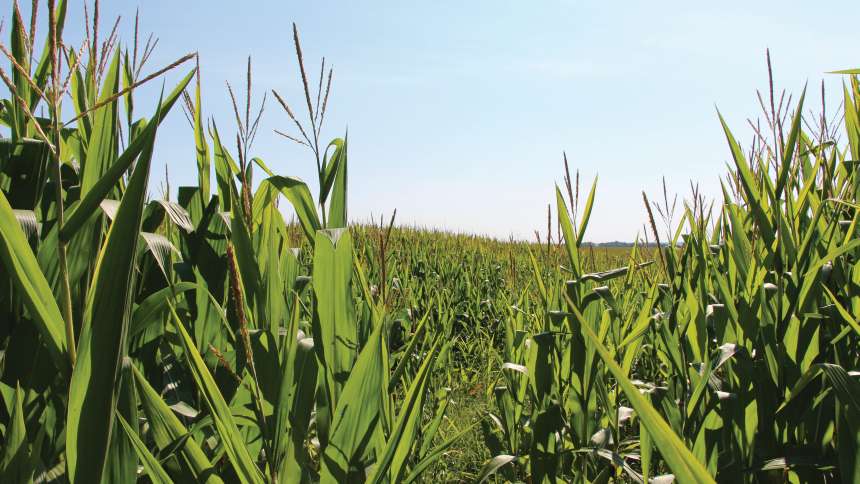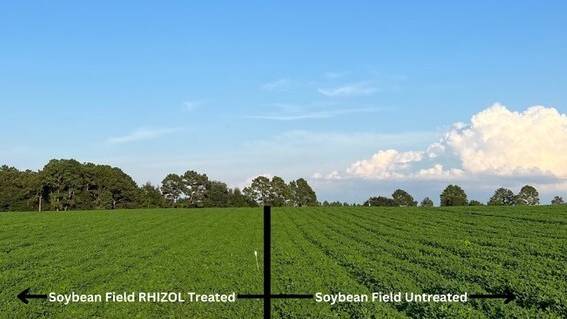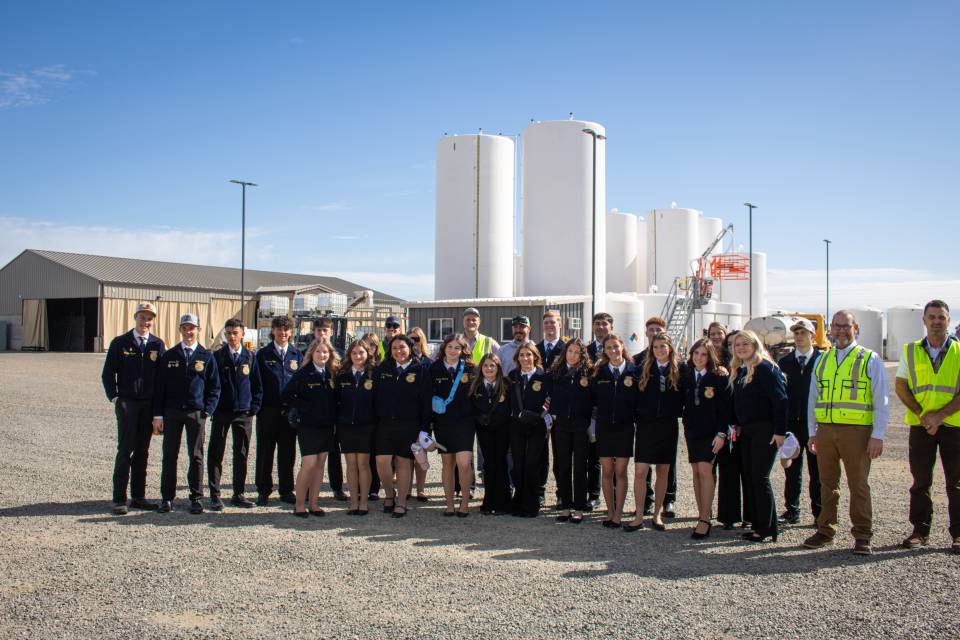WinField Releases 2014 NutriSolutions Results
As low commodity prices continue to challenge bottom-line profits, farmers seek ways to squeeze higher returns from their 2015 crop nutrient investments and other inputs. A valuable source of information is this season’s tissue sampling data, which can provide a reliable snapshot of current plant nutrition programs and the basis for next year’s plans.
A number of significant regional and national crop deficiency trends emerged from the 2014 WinField NutriSolutions tissue sampling program. Results were based on more than 65,000 tissue samples taken from 40 different crops across 38 states.
Individual crop results from national data showed that approximately 75% of all corn samples had a zinc deficiency; more than 60% of soybean samples had a copper deficiency; approximately 85% of alfalfa samples had a calcium deficiency; and approximately 75% of wheat samples had a boron deficiency.
Boron Tops Deficiencies In Eastern Region
In the Eastern region of the United States, more than 20,400 tissue samples were gathered in 2014. Results showed that 74% of corn tissue samples measured deficient or responsive in boron. While the majority of samples collected were in corn and soybeans, most other crops also benefited from the program.
“Due to the excessive rainfall and sustained wet soils this spring, both nitrogen and sulfur were also flagged deficient at much higher frequencies than what we’ve seen in recent years,” says Todd Cardwell, Wisconsin-based senior agronomist, WinField. “We were able to apply nutrients throughout the season to accommodate, and applications did positively affect yields as farmer data is tracking slightly above our long term response data.”
Protect In-Season Yield Potential
Plants have different nutrient needs at different growth stages and under different weather and stress conditions throughout the growing season. Tissue sampling and analysis allows farmers to monitor plant nutrient levels in season and provides an opportunity to quickly apply missing nutrients before yield potential is compromised. It also can save farmers from making costly plant nutrient applications that aren’t necessary.
“NutriSolutions tissue sampling was utilized on many of our fields in the eastern region,” Cardwell notes. “Farmers who acted on the information and applied missing nutrients did a much better job of achieving targeted yields and had fewer standability or stalk quality issues.”
Best results are seen when tissue sampling is completed at key growth stages throughout the season. In corn, sampling is recommended at V4 to V5, V10 to V11 and VT to R1. Soybean samples should be taken at V4, R1, and R2 to R3. Tissue samples are immediately sent to a NutriSolutions certified lab for processing, with analysis completed within a few days. If sample results indicate the crop is at the responsive or deficient levels in any essential plant nutrients at the current growth stage, farmers can quickly protect yield potential.
“NutriSolutions tissue sampling was instrumental in verifying corn nutrient deficiencies starting as early as V5,” says Cardwell. “Based on nutrient applications that have worked well in past years, we were able to assess the tissue sampling results and act quickly to correct deficiencies.”
Make Data-Based Decisions
More than 300,000 tissue samples have been taken through the NutriSolutions tissue sampling program over the past six years, building a robust plant nutrition database to help with planning. By combining this information with traditional soil testing and other advanced technologies, farmers have the tools to identify precise plant nutrient programs that deliver the best return potential.
“Ongoing tissue sampling provides farmers with a gut check as to whether crop nutrient needs are being met during the season,” Cardwell notes. “This year, subsequent tissue samples at V10 to V12 helped guide decisions as to whether additional applications were necessary to meet target yields. By taking tissue samples throughout the year, farmers are able to experience the full benefit of the program.”






